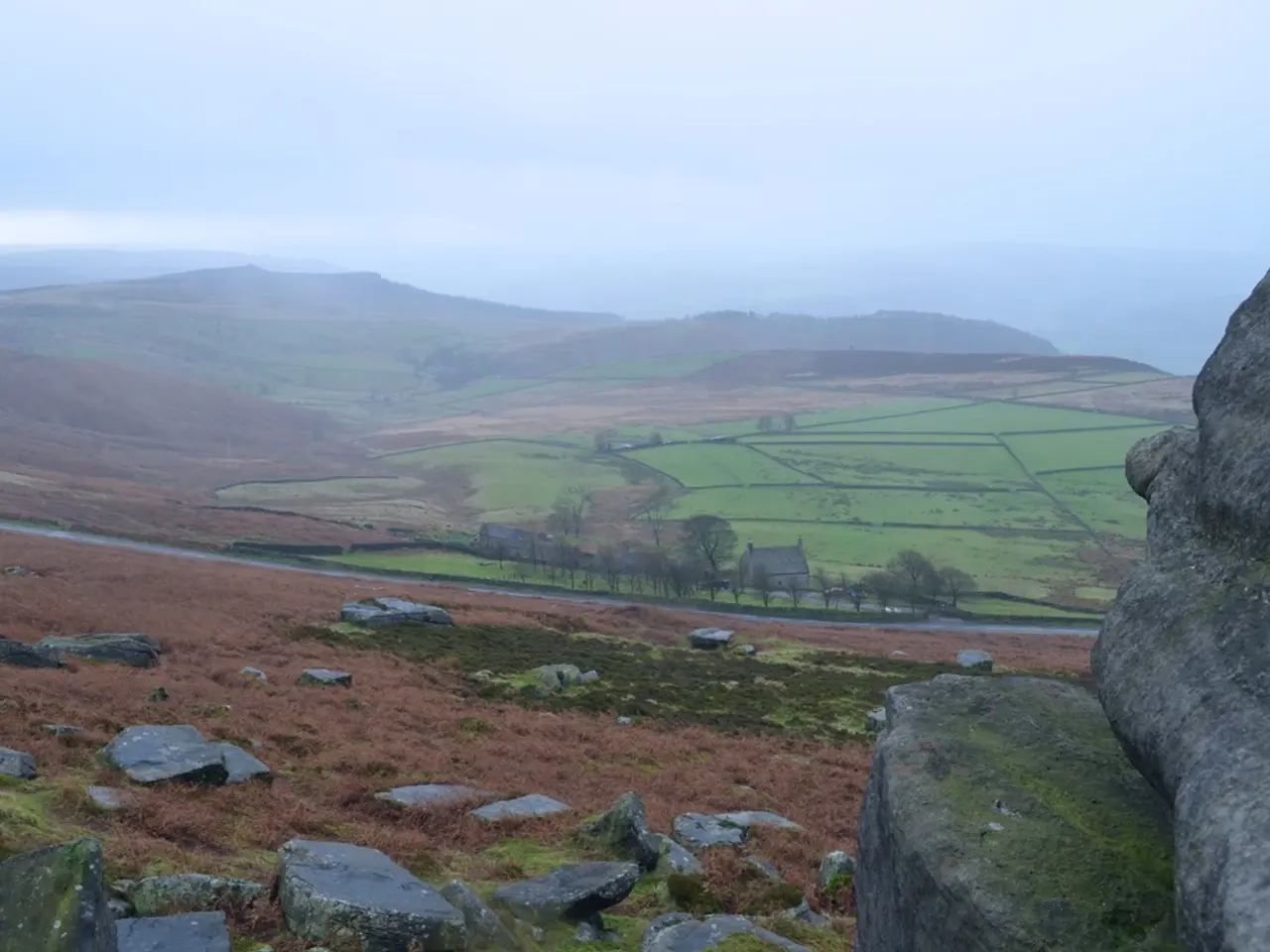Unveiling the Realities of Eco-Tourism Programs in the Himalayas
**Greenwashing in Himalayan Ecotourism: A Growing Concern**
The Himalayan region, known for its rich biodiversity and fragile ecosystems, has become a hotspot for ecotourism. However, a growing concern is the practice of greenwashing, where tourism projects and organizations claim to be environmentally friendly but fail to deliver on their promises.
Greenwashing in Himalayan ecotourism involves practices such as claiming conservation efforts while continuing harmful development, overstating the benefits of ecotourism activities without proper environmental assessments, and using superficial "green" branding without robust community involvement or ecological sustainability.
One example of genuine environmental leadership in the region is the Mootyrshiah village youth green campaign in Meghalaya, where the community consistently engages in cleaning drives, greening campaigns, and replaces cement fences with botanical alternatives, creating a visible positive impact over years. This stands in stark contrast to greenwashing, which would only superficially promote such efforts without real substance.
The challenges of greenwashing in Himalayan ecotourism are numerous. Economic pressure to rapidly develop tourism infrastructure often leads to shortcuts impacting delicate mountain ecosystems. There is also a lack of transparent certification or monitoring systems, insufficient local community involvement, difficulty in enforcing environment-friendly regulations in remote and rugged terrain, and limited awareness among tourists to distinguish between genuine eco-initiatives and greenwashing.
To combat greenwashing, several solutions have been proposed. These include implementing stringent eco-certification programs, empowering local communities and youth organizations, promoting transparency and third-party audits, facilitating education for tourists, encouraging low-impact infrastructure designs, integrating long-term ecological monitoring into tourism projects, and fostering collaboration between government bodies, NGOs, and tourism operators.
By adopting these measures, the Himalayan ecotourism sector can shift from potential greenwashing toward authentic, sustainable practices that protect its unique environments and cultures while supporting viable livelihood opportunities. The author recommends that infrastructure building activities should begin at least one year after the software portion (training, carrying capacity analysis, value addition, and marketing) has been completed.
In conclusion, the Himalayan ecotourism sector is facing a threat from greenwashing, but community-driven initiatives, rigorous certifications, transparency, sustainable design, and education are key to combating this issue. Examples of positive youth-led environment programs already emerging locally demonstrate the potential for success. The future of Himalayan ecotourism lies in authentic, sustainable practices that respect the environment and empower local communities.
- Homestays in Himalayan ecotourism, if marketed as eco-friendly, should ensure they deliver on their environmental promises, avoiding the practice of greenwashing that might claim conservation efforts while continuing harmful development or overstate benefits without robust environmental assessments.
- To foster a healthier Himalayan environment and combat climate-change effects, it's crucial for the environmental-science community to collaborate with tourism operators in implementing practices like low-impact infrastructure designs and long-term ecological monitoring.
- In the pursuit of sustainable travel practices, tourists should be educated on the importance of identifying genuine eco-initiatives in the Himalayan region, such as the Mootyrshiah village youth green campaign, which showcases significant environmental impact through consistent community engagement and greening campaigns.




